3 Things Designers Would Like You to Know About Craft
Craft calls out to us on many levels and yet do we know what it is? Designers give us the behind-the-scenes story
Siow Yuen Wong
26 November 2019
Houzz Contributor. Torn between my love for peering into people’s homes and writing, I picked both. I have been involved with both, working for several magazines over the last 21 years. Why choose?
Houzz Contributor. Torn between my love for peering into people’s homes and writing,... More
Virtually everything we buy is mass-produced and same ol’ same ol’. We swipe satin smooth touchscreens and tap on plastic keyboards all day. Things operate/unlock without so much as a touch. So it’s not surprising that when a drawer features a hand-braided leather pull or handmade tassels adorn a scarf, we are immediately drawn to its tactility and the evidence of a human touch. Suddenly, the object is lifted from ‘utilitarian’ to ‘crafted’.
Our hunger for craft has led to a booming handmade industry fuelled by e-commerce tools, online platforms and even pop-ups which open up access to a new world of customers, both near and far, for artisans, hobbyists, makers and tinkerers.
Just as technology has given artisans a new way of selling, it has also equipped them with a new ways of learning and making. We spoke to three designers actively making products about what their work means in the digital age. They were part of a forum at this year’s Archifest, Machining Touch: Artisans & Fabricators.
Just as technology has given artisans a new way of selling, it has also equipped them with a new ways of learning and making. We spoke to three designers actively making products about what their work means in the digital age. They were part of a forum at this year’s Archifest, Machining Touch: Artisans & Fabricators.
- Matthijs Rikken, co-founder and creative director of the multidiscipline Studio DAM
- Industrial designer and veteran in the field of furniture design in Singapore, Nathan Yong of Nathan Yong Designs
- Justin Lim, founder and head artisan at Tsuri Custom Concrete
1. Craft doesn’t have to be made from natural materials
Leave the notion of organic, unbleached textiles or beeswaxed reclaimed wood tables at the door.
Rikken: “As much as Studio DAM’s product design side prefers to work with natural materials we don’t see that working with engineered materials cannot be a craft.
Personally, I see craft as an occupation requiring special skill, especially manual skills. Crafting is to make or manufacture an object or product with skill and careful attention to detail.”
Leave the notion of organic, unbleached textiles or beeswaxed reclaimed wood tables at the door.
Rikken: “As much as Studio DAM’s product design side prefers to work with natural materials we don’t see that working with engineered materials cannot be a craft.
Personally, I see craft as an occupation requiring special skill, especially manual skills. Crafting is to make or manufacture an object or product with skill and careful attention to detail.”
Inspired by traditional wood and marble inlay, Rikken and partner Debby Yu inlaid different laminates for the Facet Series, a collaboration with Admira Laminates. “We wanted to modernise the look and feel and created our own graphics and created 34 portraits using 134 different laminates to showcase a portion of Admira’s product range,” he explains.
Though the creating was done on the computer and the pieces cut by laser, the process of sketching, prototyping, sanding, cleaning and pasting was done by hand.
Though the creating was done on the computer and the pieces cut by laser, the process of sketching, prototyping, sanding, cleaning and pasting was done by hand.
Lim: “The thought of craft only being made from natural materials sits very uncomfortably with me. The whole point of craft to me is making use of items or resources readily available to you to make. Those resources will not always be natural. I mean, you can explore themes in your work where you only want to use natural media for that particular piece or series but I don’t think you should limit yourself.”
2. The computer is a tool just like a hammer.
There is no hushing up craft’s complex relationship with technology. “Everything starts with the hand even if it’s the keyboard,” says Rikken. The internet is a fount of inspiration and learning opportunities and often where many start before closing the laptop to start creating.
There is no hushing up craft’s complex relationship with technology. “Everything starts with the hand even if it’s the keyboard,” says Rikken. The internet is a fount of inspiration and learning opportunities and often where many start before closing the laptop to start creating.
Lim, who ran his own solid surfacing material company before turning to concrete, works with the literal heavyweights of materials and considers a skilled CNC (Computer Numerical Control) machine operator within his definition of craftsmen and artists. Being able to cut fish-scale tiles out of concrete or engineer a concrete pyramid requires a machinist who knows his craft.
3. There is invisible labour behind craft.
Yong often gets asked ‘why is your chair so expensive?’ A clean-lined piece of furniture can look so simple to make that we question the gap between price and visible ‘work’.
“First of all, expensive is relative. Secondly, the cost of a product is not solely based on the production of the piece you see at the end. It is what you cannot see which is hard to explain to the consumer. There are costs like rental, labour, marketing, exchange rate and wastage. All of those are controlled by different companies in the chain.”
“The cheaper chair is made of a different species of wood and cut at a younger age, laminated to form a thicker leg, stained to a colour for perceived higher value, put together with screws and produced at a 1000 pieces per run. The higher priced chair is cut from an older tree that gives strength. Each leg is a solid piece of wood; there is no staining; the chair is well made with time-proven methods and produced in small batches.
Yong often gets asked ‘why is your chair so expensive?’ A clean-lined piece of furniture can look so simple to make that we question the gap between price and visible ‘work’.
“First of all, expensive is relative. Secondly, the cost of a product is not solely based on the production of the piece you see at the end. It is what you cannot see which is hard to explain to the consumer. There are costs like rental, labour, marketing, exchange rate and wastage. All of those are controlled by different companies in the chain.”
“The cheaper chair is made of a different species of wood and cut at a younger age, laminated to form a thicker leg, stained to a colour for perceived higher value, put together with screws and produced at a 1000 pieces per run. The higher priced chair is cut from an older tree that gives strength. Each leg is a solid piece of wood; there is no staining; the chair is well made with time-proven methods and produced in small batches.
Yong’s Soft Chair is a fine example of a traditional raw material reimagined by technology. The designer discovered a factory in Indonesia that was able to bend marble and designed this chair to show that marble can be “soft, fluid and friendly” for his recent exhibition, In The Scheme of Things. Nathan Yong: A Retrospective Show 1999-2019.
TELL US
What crafted item do you treasure or covet? Share in the Comments below, like this story, save your favourite images, and join the conversation.
TELL US
What crafted item do you treasure or covet? Share in the Comments below, like this story, save your favourite images, and join the conversation.
Related Stories
Trend Reports
Maison & Objet: The Big Trends From Paris This Year
By Claire Tardy
The latest edition of the iconic fair draws the lines of the new normal in homes and decor after Covid-19
Full Story
Trend Reports
8 Design Trends From 2021's Iconic New Supersalone
Salone del Mobile is back! We discuss the fair's new look and the biggest design trends showcased in Milan this year
Full Story
Trend Reports
The 5 Biggest Trends at 2020’s Global Design Events
The pandemic has had an undeniable impact on design, but how has the conversation really changed this year?
Full Story
Design Events
Call for Entries: Young Designer Award 2020
Are you an interior design student? Now's your time to shine, be recognised by a professional panel and win cool prizes
Full Story
News Stories
The Women Who Want to Revolutionise Swedish Design
By Sara Norrman
In egalitarian Sweden, an exhibition has stirred up questions about design and gender
Full Story
News Stories
Stockholm Design Week: Interview with Design Duo Doshi Levien
By Sara Norrman
Nipa Doshi and Jonathan Levien prove that opposites not only attract, they also make design sparks fly
Full Story
News Stories
Michael Anastassiades: Maison & Objet 2020 Designer of the Year
By Elen Pouhaer
The London-based lighting designer marries the craft and technology of engineering with sculpture
Full Story
For Pros
Call for Entries: Are You the Best Interior Design Talent in Asia?
Get recognised by industry peers in the Interior Design Confederation Singapore (IDCS) Design Excellence Awards (IDEA)
Full Story
News Stories
Meet 2019 Young Designer Award-Winner Gordon Tran Hieu Nguyen
The Raffles Design Institute student bested his peers to win the annual competition
Full Story

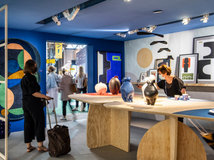

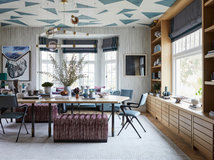




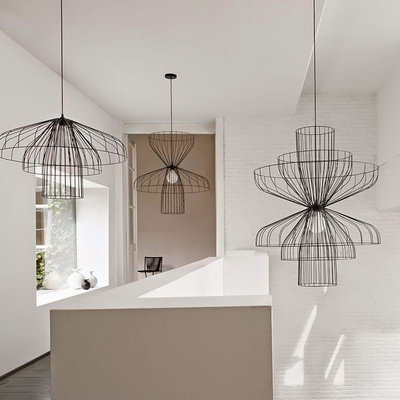
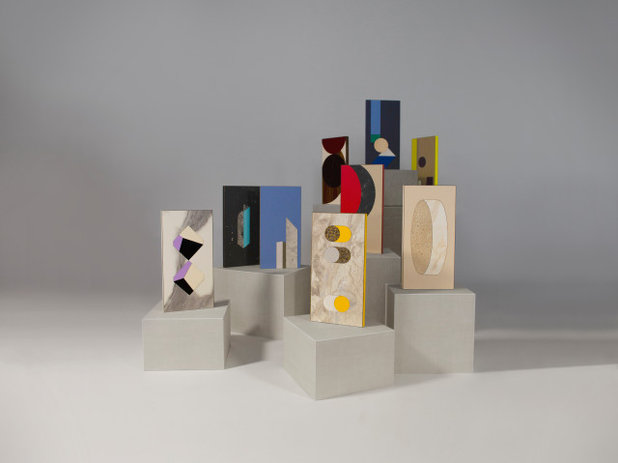
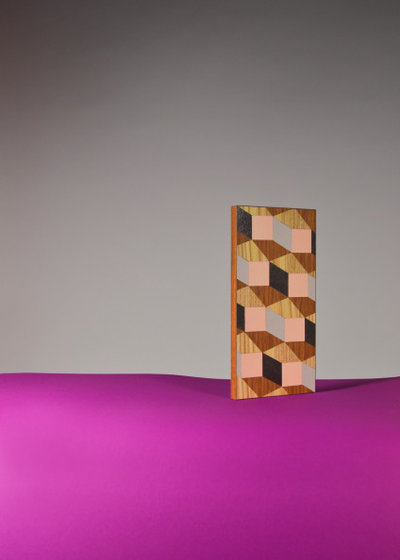
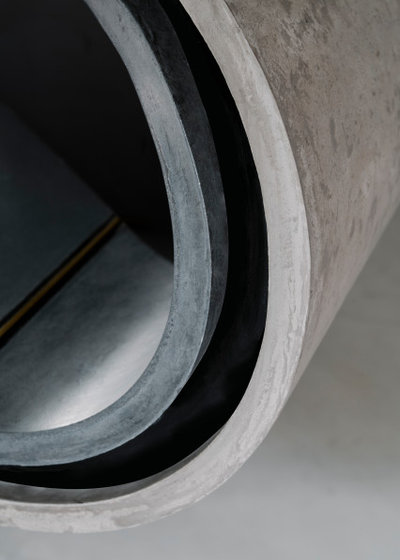
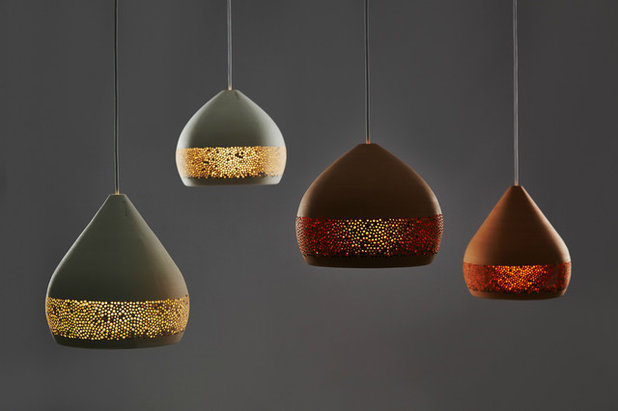


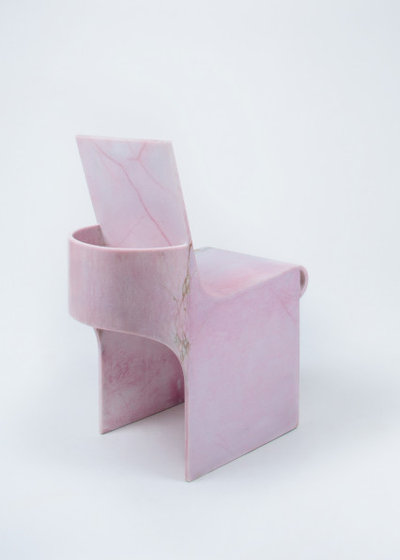

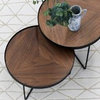
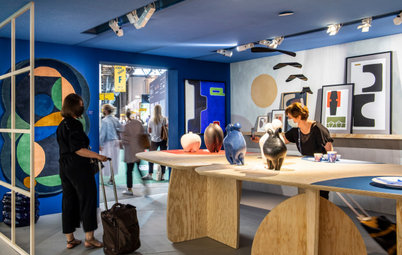

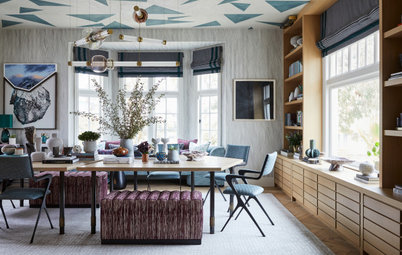
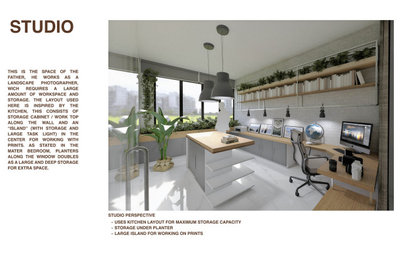

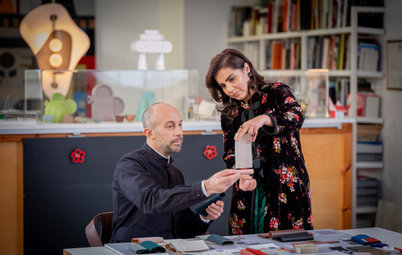
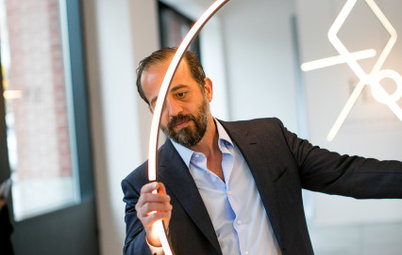

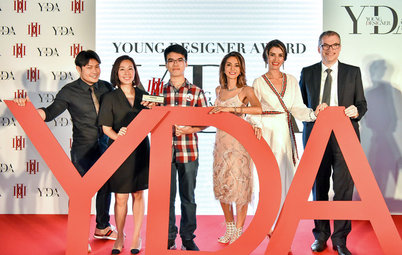
My favourite is No.1 because of the space and beautiful! Laylout
Layout*
Number 3 very well explained